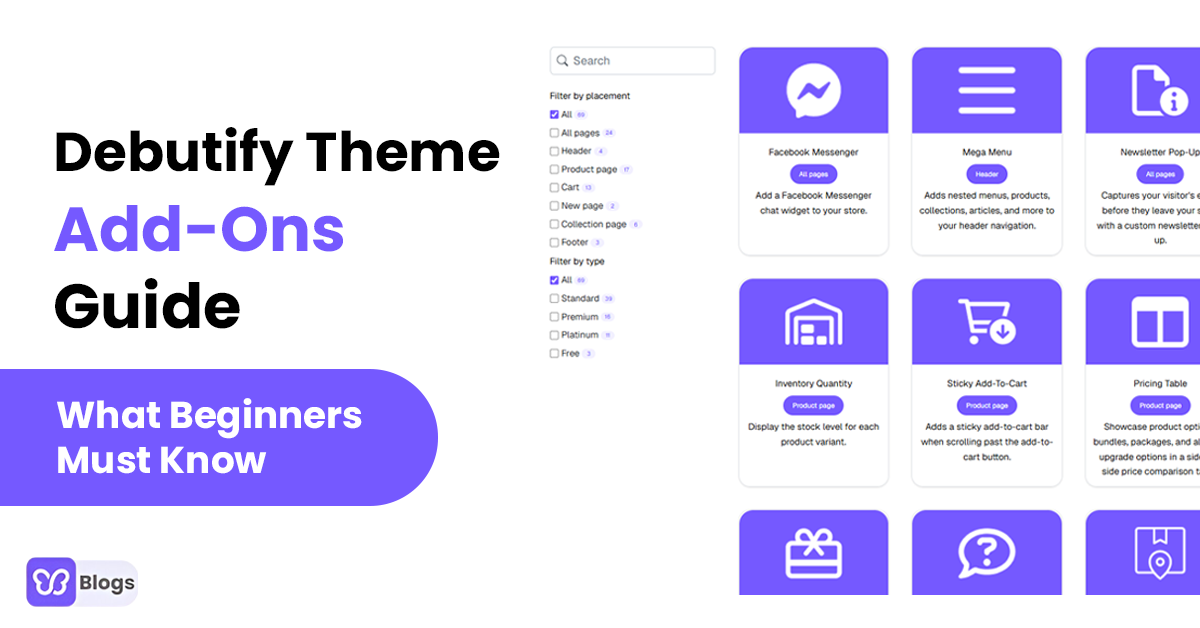Cristina Flaschen provides valuable insights and strategies to overcome the challenges of seamless software integration. Here are some key takeaways:
1. Clearly Define Integration Goals: Before starting the integration process, it is crucial to define clear goals and objectives. Understand what you want to achieve through integration, whether it's improving productivity, enhancing customer experience, or optimizing data flow.
2. Choose Compatible Software Solutions: When selecting software solutions, consider their compatibility with existing systems. Look for solutions that offer robust integration capabilities, open APIs (Application Programming Interfaces), and support industry-standard protocols.
3. Plan and Test Integration: Thorough planning and testing are essential for successful integration. Create a detailed integration plan, including timelines, resource allocation, and contingency measures. Conduct thorough testing at each stage to identify and address any issues before going live.
4. Prioritize Data Synchronization: Accurate and real-time data synchronization is critical for seamless integration. Invest in tools and technologies that ensure data consistency and integrity across systems. Regularly monitor and validate data synchronization processes to detect and resolve any discrepancies promptly.
5. Ensure Scalability and Flexibility: When integrating software, consider future scalability and flexibility. Choose solutions that can accommodate future growth and evolving business needs. Scalable integration frameworks and modular architectures can help adapt to changing requirements.
6. Address Security and Privacy Concerns: Security and privacy should be paramount during integration. Implement robust security measures, such as encryption, access controls, and regular audits. Ensure compliance with relevant data protection regulations to safeguard sensitive information.






